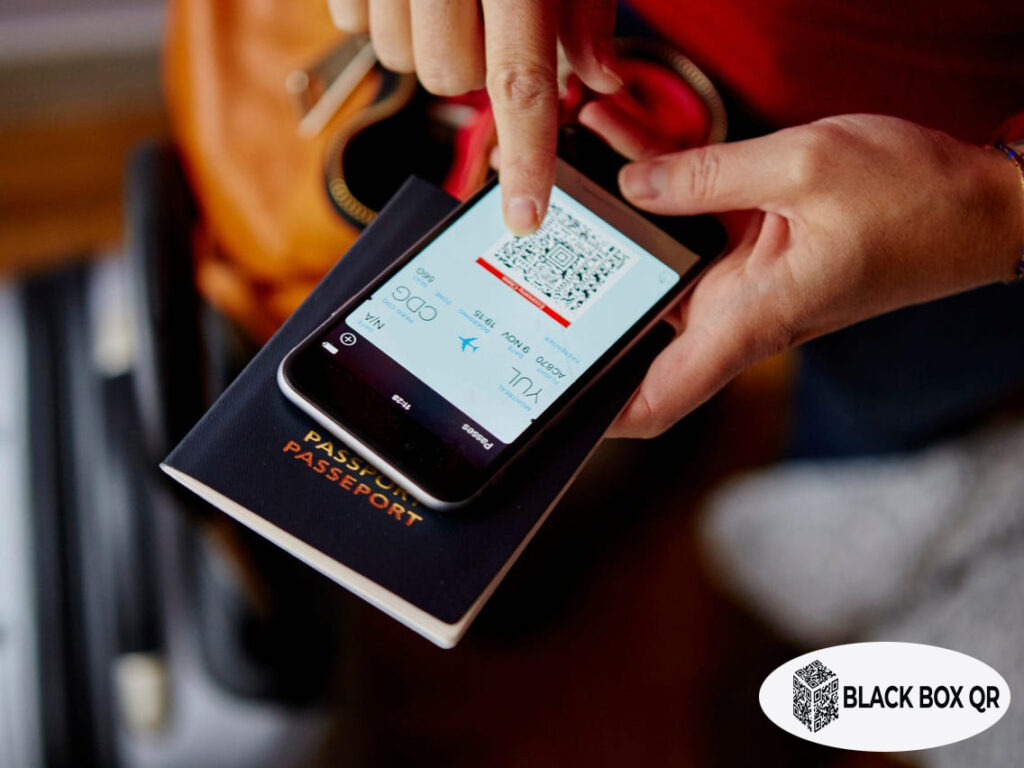Looking for a way to spruce up your digital ad? With QR Codes, there are endless ways to make your digital advertising more engaging and connect with your audience. Plus, giving direct access to digital content with a quick QR Code scan is the ideal way to maximize your marketing efforts with clearly trackable results. Need I say more?
Are you longingly wishing for a fierce partner in crime to optimize your digital advertising campaign? Stop! QR Codes are waiting on your doorstep with benefits that include QR Code tracking and so much more!

What is digital advertising?
Digital advertising is the form of promoting and communicating a company’s brand, product, or services to the public via different digital channels, emails, websites, and social media. Digital ads include everything from texts, images, videos, web browsers, blogs, apps, and more
Why do you need QR Codes for digital advertising campaigns?
If you’re in the business of upgrading your digital ads (as you should be), one way to take it up a notch is by integrating QR Codes into your campaigns. Whatever your ad strategy, you’d want your campaign to have a positive ROI (return of investment), right? In that case, let’s learn about the QR Code benefits for your digital ad campaign so you use them to measure the success of your campaign.
Marketing campaign tracking
With QR Codes, you never have to worry about making guesses on ROI. All Dynamic QR Codes come with QR Code tracking data that includes location by city and country, time scanned, unique vs. total scans, and operating device used. You can even integrate your QR Code digital advertising campaign with Google Analytics, which gives you a clear overview of the entire process from QR Code scan to purchase or another CTA (call-to-action) such as downloading a PDF or viewing a video.
QR Codes for every purpose
Whether your digital ad is on a mobile shopping app, website, email, social media, and more, QR Codes have got you covered. You can use a Dynamic URL QR Code to send users to any direct link, while other types of QR Codes show your content on a mobile-optimized display page.
These display pages also include additional CTA buttons where you can add a landing page or a space to add your website directly. So, no matter what ad content you’d like to market, there are always actionable results.
Easy editing
One of the biggest advantages of using Dynamic QR Codes for your digital ads is that they are editable. If you need to update a link, change any of your QR Code’s content, or even change the type of QR Codes, as long as you choose the dynamic version, this is possible at any time — without needing to design a new QR Code. The combination of both technologies ensures that users can still view your ad content even after you update it.
Fully customizable
But wait, there’s more! QR Code styles are customizable to fit any sort of graphic design in any shape or size. When you design your QR Code, you’ve also got the option to add brand colors, a custom frame with editable CTA, different edges, and your logo in the middle. You can download their image as JPG, PNG, SVG, or EPS, giving you comprehensive customization options that will fit all your design requirements.
Bonus: a CTA on your QR Code gives your user a clear purpose on what they need to do next whether that’s to click on a link, purchase a product, or subscribe to your email list.
Are you ready to start planning your next campaign with QR Codes? Now that you’re more versed in the art of using QR Codes in digital advertising, nothing is standing in your way of making your campaign a total showstopper. Whatever your digital advertising needs — from getting app downloads, more followers on social media, to more foot traffic to your online shop, we’ve got a solution for you.